It is so difficult to find well-researched, well-written Christian biographies that appeal to all ages! As homeschoolers we are constantly looking for such resources, and in Simonetta Carr’s Christian Biographies for Young Readers series we have found a treasure. These stunning books
- speak to children, teens, and adults;
- are lavishly illustrated with photographs as well as original artwork;
- give a clear and fascinating picture of the person as well as his or her times;
- discuss the person’s ideas and contributions accurately but simply;
- often present the person’s own thought through letters and other writings;
- portray heroes of the faith positively without glossing over their failings; and
- present conflict in factual, non-inflammatory manner.
It is difficult to imagine a better series for our homeschools.
Our family has been blessed with 7 of the 8 volumes in the Christian Biographies for Young Readers series and I have written a detailed review of each one of them, to which I have linked in the mini-reviews below.
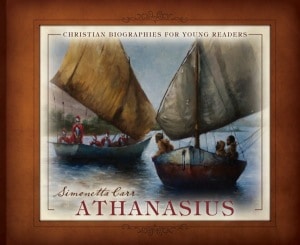 Athanasius (296-373) was central in one of the most crucial discussions the church has ever had: who, exactly, was Jesus Christ. Simonetta clarifies the issues while chronicling Athanasius’s many narrow escapes, his interactions with several Roman emperors, his dedicated service as bishop in Alexandria, and the many problems Christians faced in those days. The book ends with one of the great creeds of Christendom, the Nicene Creed, which arose out of the struggles of these days and is still used today.
Athanasius (296-373) was central in one of the most crucial discussions the church has ever had: who, exactly, was Jesus Christ. Simonetta clarifies the issues while chronicling Athanasius’s many narrow escapes, his interactions with several Roman emperors, his dedicated service as bishop in Alexandria, and the many problems Christians faced in those days. The book ends with one of the great creeds of Christendom, the Nicene Creed, which arose out of the struggles of these days and is still used today.
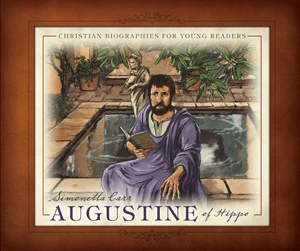
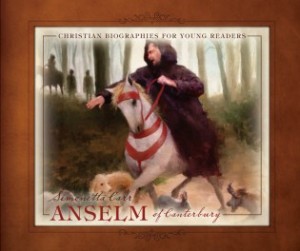
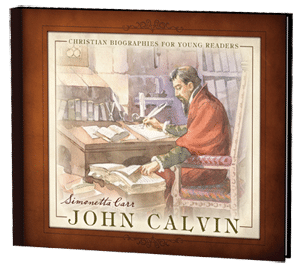
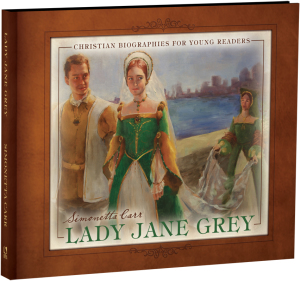
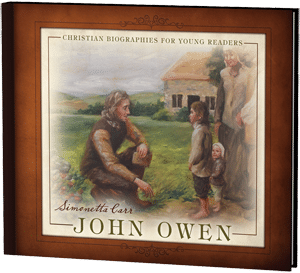

One additional biography, John Knox, I have not yet seen. Other bloggers’ reviews of this book are available here.
Reading through this series, I notice a common theme of devotion to God, love for his people, serving however God requires despite personal preferences, and coping with miseries such as conflict, ill health, and depression. Our modern lives seem so much simpler in some aspects, but so much more complicated in the mental effort of focusing on what is important.
In our homeschools, the Christian Biographies for Young Readers can, obviously, be used for church history, but they are also valuable in different ways. As biographies, they introduce our families to some of the greatest people who ever lived. Because they give an intimate experience of the world at the time, they are also valuable supplements to any history course. When I loaned them to a school teacher, she used them in a character unit study.
Even though Christian Biographies for Young Readers are excellent homeschooling resources, they are also treasures in their own right and would make inspiring gifts for anyone over 7. Children, teens, and adults will learn from these books, true, but more importantly they will be inspired to serve God joyfully and with their whole being.
To find out more about these books, visit the publisher’s website. Note that some of them also have study guides.
Disclosure: I received these books in order to review them on my personal blog and am thrilled to share them here as well.

Leave a Reply